Product Development
Gives you a product that reflects innovation.
Product Design, Modeling and Structural Analysis (FEA)
Product design, Modeling and structural analysis (FEA).
Design automation
3D modeling and drafting
Detailed design
Engineering analysis
Tooling
Design support
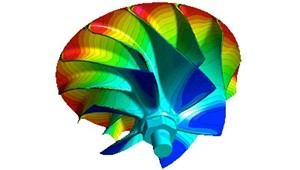

Product Design: DFM and DFA Concepts
Design for Manufacturing (DFM) and Design for Assembly (DFA) are essential methodologies that ensure your product is not only functional and robust but also cost- effective and efficient to produce and assemble.
Design for Manufacturing (DFM) Principles
DFM focuses on optimizing your product’s design to simplify manufacturing, reduce costs, and improve quality. Key DFM principles include:
- Simplicity: Reduce the number of components and design complexity without compromising function. Fewer parts mean lower manufacturing and assembly costs, reduced error rates, and easier maintenance.
- Standardization: Use standard components and processes wherever possible. This reduces inventory costs, simplifies sourcing, and streamlines assembly.
- Material Selection: Choose materials that balance performance, cost, and manufacturability. Early material decisions can have a significant impact on both cost and quality.
- Appropriate Manufacturing Processes: Select processes that are suitable for the desired volume, tolerances, and material, ensuring cost-effectiveness and product quality.
- Tolerance Optimization: Specify the loosest tolerances that meet functional requirements to minimize machining costs and defects.
- Environment and Testing: Design for the intended environment and ensure thorough testing to meet industry standards and reliability requirements.
Design for Assembly (DFA) Principles
DFA aims to make products easier, faster, and less expensive to assemble. Key DFA concepts include:
- Minimize Part Count: Reduce the number of separate parts to lower assembly time, inventory, and potential failure points.
- Modular Design: Use modular subassemblies to simplify assembly, repair, and customization.
- Built-in Fasteners and Standard Parts: Incorporate features like snap fits and use standard fasteners to speed up assembly and reduce errors.
- Part Symmetry and Orientation: Design parts so they can only be assembled one way, preventing mistakes and simplifying handling.
- Mistake-Proofing: Incorporate design features that prevent incorrect assembly.
- Reasonable Tolerances: Use tolerances that are easy to achieve and maintain during assembly.
Function and Strength
Ensuring the function and strength of each component is fundamental. DFM and DFA principles should be applied without compromising the product’s performance or durability. This means:
- Each part must meet structural and functional requirements for its intended use.
- Testing and validation should be integrated into the design process to ensure reliability in real-world conditions.
Detailed Design Support
If your basic design is already complete, our team can assist with detailed design, including:
- Creating precise assembly and component drawings
- Applying DFM and DFA principles to refine your design
- Ensuring manufacturability, ease of assembly, and optimal performance
By leveraging DFM and DFA, you benefit from a product that is easier to manufacture, assemble, and maintain-leading to lower costs, higher quality, and greater customer satisfaction.
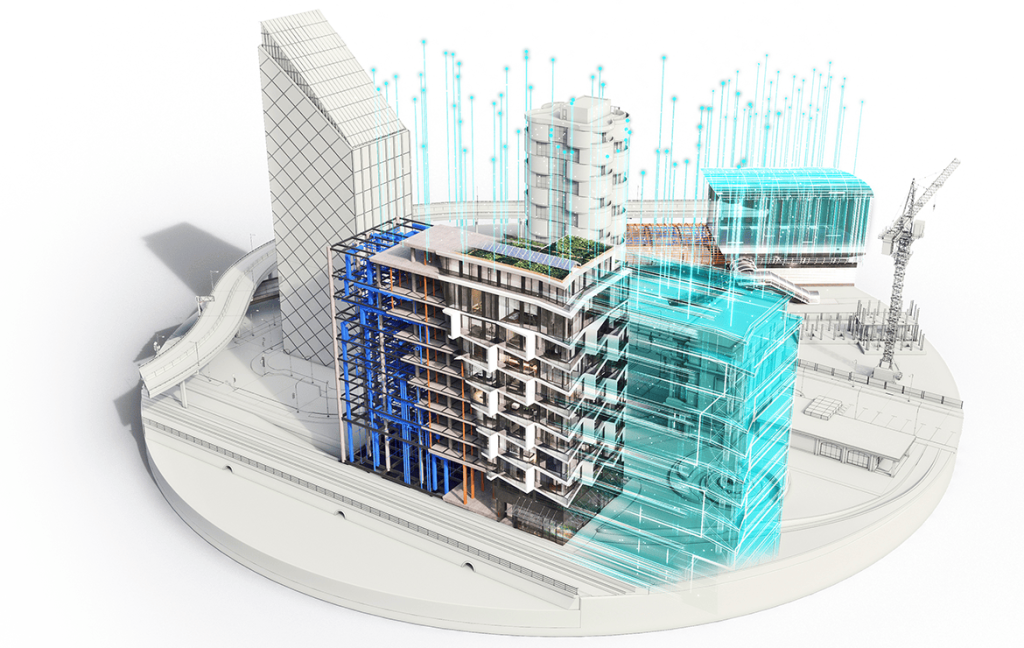
Design Automation Overview
Design automation leverages advanced software tools to streamline and accelerate the engineering design process by automating repetitive tasks, integrating knowledge-based rules, and enabling rapid customization. This approach is transforming manufacturing and engineering workflows, delivering significant efficiency, quality, and cost benefits.
Key Capabilities
Parametric Solid Modeling:
Parametric modeling enables designers to create 3D models defined by parameters and rules, allowing for easy updates and quick reconfiguration of designs. Adjusting a parameter-such as a length or angle-automatically updates the entire model, making it ideal for creating families of parts and accommodating design changes efficiently.
Automated Drafting and Blueprint Generation:
Design automation tools can automatically generate 2D blueprints and detailed drawings from 3D CAD models. These systems break down assemblies, create projections and detail views, and generate bills of materials, reducing manual drafting effort and minimizing errors.
Knowledge-Based Engineering:
By embedding engineering knowledge and best practices into automation tools, organizations ensure consistent application of standards and rapid configuration of products to meet specific requirements. This approach supports both novices and experts, streamlining workflows and reducing design costs.
Automated Computer-Aided Machining (CAM):
Automation extends to CAM, where design data is used to automatically generate toolpaths and machining instructions, accelerating the transition from design to manufacturing and supporting rapid prototyping and production.
Benefits
Efficiency and Speed:
Automating design tasks reduces manual work, accelerates product development, and shortens time to market.
Customization and Flexibility:
Parametric and rule-based design allows for quick adaptation to new requirements and easy creation of product variants.
Error Reduction:
Automated processes minimize human error, ensure compliance with standards, and improve overall design quality.
Cost Savings:
By reducing labor and engineering hours, design automation lowers costs and increases profitability.
Real-World Application
Companies like Ford have successfully integrated design automation into their manufacturing processes, deploying over 50 different 3D printed tools and achieving immediate cost savings and efficiency gains. Their approach allows assembly line workers to design and deploy tools rapidly, demonstrating the tangible benefits of automation in production environments.
Design automation-including parametric modeling, automated drafting, knowledge-based engineering, and automated CAM-empowers organizations to streamline their workflows, improve product quality, and respond quickly to changing demands in today’s competitive manufacturing landscape.
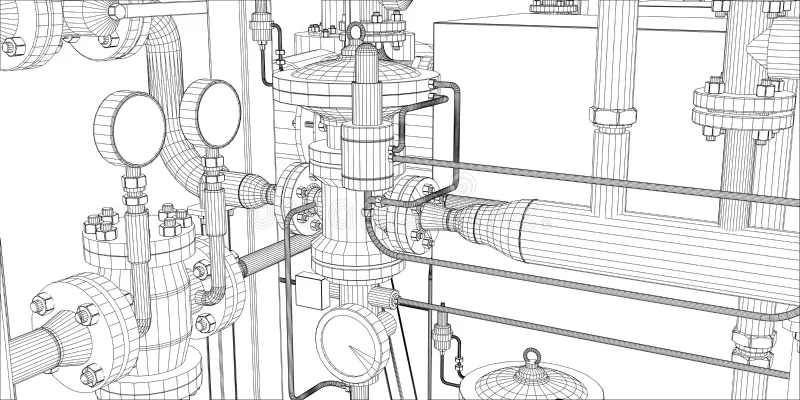
3D Modeling & Drafting: Capabilities and Applications
3D modeling and drafting encompass a suite of advanced digital tools and processes that transform how engineering, architecture, and manufacturing projects are designed, analyzed, and documented. Here’s an overview of the core capabilities and their benefits:
Core Capabilities
Solid and Surface Modeling:
Solid modeling creates fully volumetric representations of objects, ideal for engineering and manufacturing, while surface modeling focuses on defining the external form, which is crucial for complex shapes and aesthetic design.
Parametric Feature-Based Modeling:
Parametric modeling uses parameters and rules to define relationships between features. When a parameter changes, the entire model updates automatically, streamlining revisions and capturing design intent. This approach increases flexibility, supports rapid design iterations, and enables the creation of complex, interrelated assemblies.
Assembly Modeling:
Enables the creation and management of multiple components within a single digital environment, allowing designers to check fit, function, and interactions between parts before physical production.
Detailed Engineering:
3D models form the basis for generating precise construction and fabrication drawings, images, and renderings, supporting accurate documentation and communication across project teams.
Piping and Routing:
Specialized tools allow for the design and visualization of piping, wiring, and ductwork systems within 3D models, helping to coordinate complex building and mechanical systems.
Design Automation:
Automates repetitive tasks such as blueprint generation, bill of materials creation, and rule-based design changes, significantly reducing engineering cycle times and minimizing errors.
Legacy Data Conversion:
Converts older 2D drawings or physical documents into modern 3D digital models, enabling integration with current workflows and supporting updates, maintenance, and future modifications.
Benefits and Applications
Enhanced Visualization:
3D models provide a clear, comprehensive view of designs, making it easier to communicate ideas, identify potential issues, and present options to clients and stakeholders.
Improved Coordination:
Digital models facilitate collaboration among architects, engineers, and contractors, enabling clash detection and better integration of building systems7.
Faster Design Iterations:
Parametric and automated modeling enable rapid changes and what-if analyses, supporting innovation and reducing time-to-market.
Accurate Documentation:
Automated drafting tools generate detailed drawings and reports directly from 3D models, ensuring consistency and reducing manual drafting errors.
Data-Rich Models:
Modern 3D models can include material properties, performance data, and maintenance information, supporting construction, facility management, and lifecycle planning.
Industry Use Cases
Architecture, Engineering, and Construction (AEC):
3D modeling underpins BIM processes, supporting everything from conceptual design to construction documentation and facility management.
Mechanical and Product Design:
Used for machinery, equipment, and consumer products, enabling simulation, optimization, and manufacturing.
Infrastructure and Utilities:
Supports the design and coordination of complex piping, electrical, and mechanical systems within large-scale projects.
3D modeling and drafting-especially when combined with parametric and automated tools-enable more efficient, accurate, and collaborative project delivery across a wide range of industries.

Detailed Design: Key Elements and Industry Standards
Detailed design is a critical phase in the product development and manufacturing process, focusing on the creation of comprehensive technical drawings and documentation that guide the fabrication, assembly, and quality assurance of parts and assemblies.
Core Components of Detailed Design
Part and Assembly Drawings:
Detailed drawings are created for each individual part, providing multiview representations with all necessary dimensions, tolerances, materials, and finish specifications. Assembly drawings illustrate how parts fit and work together, showing relationships, assembly sequences, and overall structure.
Manufacturing Details and Quality Standards:
Drawings specify manufacturing requirements, including material types, surface finishes, and critical tolerances. Adherence to recognized standards such as ISO, ASME, and ANSI ensures uniformity, quality, and global compatibility.
Exploded Views:
Exploded assembly drawings display components separated from one another, clarifying the assembly order and relationships between parts. These views are especially valuable for complex assemblies, maintenance, and repair instructions.
Dimensioning and Tolerancing:
Every drawing includes precise dimensions and associated tolerances for all critical features. This information is essential for manufacturing accuracy and quality control, ensuring that each part meets design specifications and functions correctly within the assembly.
Bill of Materials (BOM):
A BOM accompanies assembly drawings, listing all components, part numbers, quantities, materials, and relevant specifications. This document streamlines procurement, inventory management, and assembly operations.
Production and Assembly Layout Drawings:
Production drawings provide step-by-step instructions for fabrication, while assembly layout drawings guide the correct placement and connection of parts during assembly. These documents are structured and annotated according to industry and client-specific standards for clarity and consistency.
Standards and Best Practices
Standards Compliance:
Detailed design drawings are created in accordance with established standards such as ISO, ASME Y14, and ANSI. These standards define drawing formats, symbols, dimensioning practices, and documentation requirements, ensuring clear communication and interoperability across industries and geographies.
Clarity and Accuracy:
Drawings must be unambiguous, with clear labeling, leader lines, and part identification. Exploded and orthogonal views, section cuts, and detailed annotations help eliminate misunderstandings and reduce errors during manufacturing and assembly.

Detailed design documentation ensures that every stakeholder-from machinists to assemblers-has the precise information needed to manufacture, assemble, and verify the product to the highest standards of quality and efficiency.

Engineering Analysis: Core Capabilities and Applications
Engineering analysis encompasses a suite of advanced simulation and modeling techniques to evaluate and optimize the performance, safety, and reliability of products and systems across industries. Key methods include finite element modeling and analysis (FEM/FEA), computational fluid dynamics (CFD), and multi-body dynamics (MBD), each addressing specific engineering challenges.
Finite Element Meshing/Modeling (FEM) & Finite Element Analysis (FEA)
- FEM involves discretizing a complex structure into smaller, manageable elements (meshing), allowing for detailed simulation of physical behavior under various conditions.
- FEA is used to analyze static, dynamic, linear, and non-linear responses of structures and components, covering aspects such as:
- Stress and Strain Analysis: Predicts how materials and structures respond to loads, identifying potential failure points.
- Thermal Analysis: Evaluates temperature distributions and heat transfer within components.
- Fatigue and Durability: Assesses how repeated loading affects lifespan and structural integrity.
- Dynamic Analysis: Simulates time-dependent or impact events, including vibrations and transient loads.
- FEA is widely used in industries such as automotive (collision analysis, chassis optimization), aerospace (aerodynamic and thermal loads), civil engineering (bridges, buildings), and electronics (thermal management).
Computational Fluid Dynamics (CFD)
- CFD uses numerical methods and algorithms to simulate fluid flow, heat transfer, and related phenomena.
- Applications include:
- Aerodynamics: Predicting drag, lift, and flow behavior in aerospace and automotive systems.
- Thermal Management: Optimizing cooling and heating in electronics, HVAC, and process industries.
- Combustion Simulation: Modeling chemical reactions and heat release in engines and turbines.
- Cavitation and Turbulence: Addressing complex fluid behaviors in pumps, propellers, and industrial systems.
- CFD reduces the need for physical prototypes, accelerates design cycles, and provides insights into phenomena that are difficult to measure experimentally.
Multi-Body Dynamics (MBD), Kinematic and Dynamic Analysis
- MBD focuses on the simulation of systems composed of interconnected rigid or flexible bodies, analyzing their motion and interactions under applied forces.
- Kinematic Analysis: Studies the geometry of motion without considering forces.
- Dynamic Analysis: Examines the forces and torques that cause motion, crucial for machinery, robotics, and automotive suspension systems.
Integrated Simulation for Advanced Engineering
- Modern engineering analysis often combines FEA, CFD, and MBD for comprehensive multiphysics simulations, enabling engineers to address complex, real-world challenges.
- These tools facilitate digital prototyping, design optimization, and risk mitigation, leading to safer, more efficient, and innovative products.

Engineering analysis is fundamental to modern design, enabling virtual testing and optimization across a broad spectrum of industries, from aerospace and automotive to energy, electronics, and biomedical engineering.
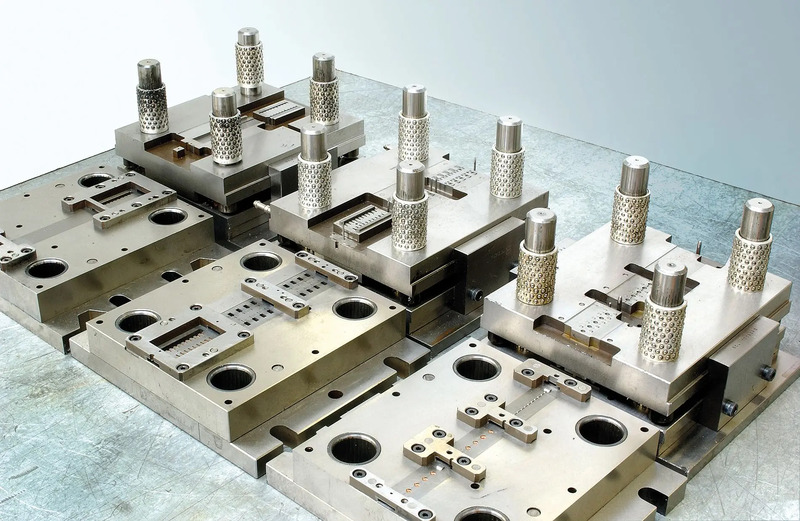
TOOLING: Expertise in Jigs, Fixtures, and Advanced Tool Design
We specialize in the design and development of a wide range of tooling solutions, including jigs, fixtures, precision injection molds, press tools, patterns, and dies, utilising the latest concepts and technologies. Our capabilities extend across single cavity, multi-cavity, and family molds, and we have significant experience working with a variety of plastics and complex assemblies.
Jigs and Fixtures Design
- Jigs and fixtures are essential for holding, positioning, and supporting components during manufacturing processes such as welding, assembly, and inspection. In automotive manufacturing, for example, Body-in-White (BIW) fixtures play a critical role in ensuring the correct alignment and positioning of sheet metal parts during welding and assembly, which is vital for accuracy, repeatability, and structural integrity.
- BIW fixtures are designed using advanced CAD software and are often modular, allowing for easy adaptation to different vehicle models and processes. These fixtures are manufactured from durable materials like steel and aluminum and are engineered for strength, durability, and ease of maintenance.
- Inspection and checking fixtures are used to verify that produced parts meet required tolerances and specifications, improving quality control and reducing rework.
Mold and Die Design
- We design and engineer precision injection molds for both single and multi-cavity applications, as well as family molds for producing multiple parts in a single cycle.
- Our expertise covers a wide range of plastics and molding technologies, ensuring optimal manufacturability and quality.
Press Tools, Patterns, and Dies
- Our team develops press tools and dies for high-precision metal forming, stamping, and cutting operations, supporting both prototyping and mass production.
- Patterns and dies are engineered for durability and repeatability, supporting efficient manufacturing workflows.
Advanced Tooling Technologies
- Our tool design engineers are proficient in leading software platforms such as Unigraphics, Ideas, Pro E, CATIA, AutoCAD, Moldflow, and Delcam, enabling us to deliver highly accurate and manufacturable designs.
- We leverage simulation and digital validation tools to optimize tool performance, reduce lead times, and ensure robust, high-quality solutions.
End-to-End Support
- Our tooling projects are supported by a team of experienced tool manufacturing engineers, ensuring that every tool is designed and produced to the highest standards.
- We provide detailed drawings, manufacturing documentation, and ongoing support to guarantee successful implementation and long-term reliability.
By integrating advanced design tools, deep industry expertise, and a commitment to quality, we deliver tooling solutions that enhance productivity, accuracy, and efficiency across a range of manufacturing sectors.
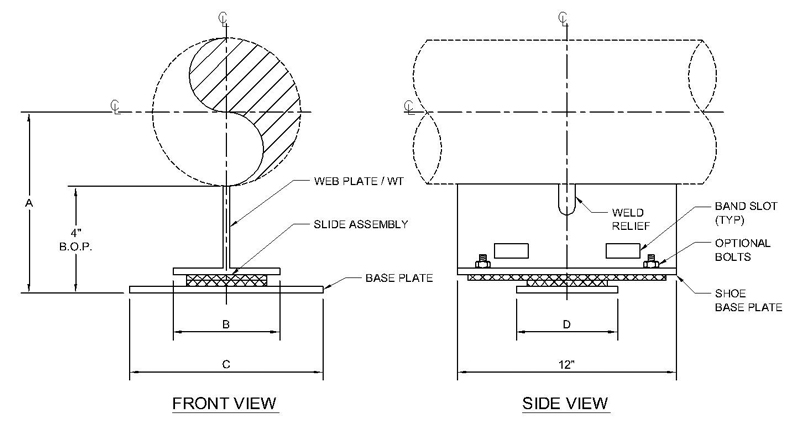
Design Support
Advantage Engineering has a proven track record in executing value engineering projects that deliver measurable results in cost optimization, weight reduction, topology optimization, and parts optimization. Through a systematic and creative engineering approach, value engineering ensures that customers receive optimal functionality at the lowest possible cost-often by identifying alternative materials, simplifying designs, and streamlining manufacturing processes.
Our expertise in value engineering consistently leads to:
- Cost Optimization: By analyzing functions and identifying unnecessary expenditures, we help clients achieve significant cost savings without sacrificing quality or performance.
- Weight Reduction: Leveraging advanced techniques such as topology optimization, we optimize material layouts and component designs to reduce weight while maintaining or improving structural integrity-a critical factor in industries like aerospace and automotive.
- Topology Optimization: We apply state-of-the-art mathematical and simulation methods to determine the most efficient distribution of material within a design space, resulting in lighter, stronger, and more efficient products.
- Parts Optimization: Our team evaluates assemblies and components to minimize part count, standardize features, and enhance manufacturability, leading to reduced complexity and lower production costs.
By integrating these strategies, Advantage Engineering delivers enhanced value, improved product performance, and a competitive edge for our clients across diverse industries.
